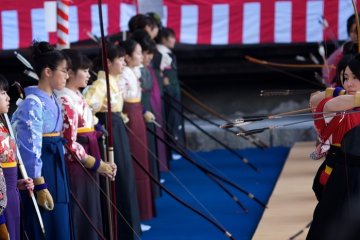
Toh-Shiya at Sanjusangen-do 2026
Gloria TicconiHeld at Sanjusangen-do temple in Japan's ancient capital of Kyoto, Toh-Shiya is the first Japanese archery competition of the year

Sanjusangendo, officially called Rengeō-in, is a Buddhist temple of the Tendai sect located in the Higashiyama district of Kyoto. The temple’s main hall is famous for housing 1,001 statues of Senju Kannon (1,000-armed Kannon), the goddess of mercy. Taira no Kiyamori built the temple in 1164 as a retirement palace for Emperor Go-Shirakawa. Years later, the structure burned down but was reconstructed in 1266. The name Sanjusangendo translates to “a hall with 33 spaces between columns'' and refers to the number of intervals between the temple’s support columns.
The focal point of the temple is its main hall. The impressive one-story building measures 120 meters long, making it the longest wooden structure in Japan. The main hall’s humble architectural style is characterized by its woodwork and slanted roof of wooden shingles. Despite its lack of outward ornateness, the hall’s sheer size commands respect from visitors and exudes a ubiquitous air of sacredness. Apart from the main hall, the grounds are also home to tranquil gardens, temple structures painted in brilliant vermillion, and an annual archery festival called Toshiya Matsuri, where thousands of participants come to test their bow skills and endurance.
Witness the 1,001 Senju Kannon Statues
Inside the main hall, walk among hundreds of golden, human-sized statues of Senju Kannon. The ornately carved statues stand in elegance with two of their 1,000 arms positioned in prayer and their serene faces deep in meditation. Atop their heads sprout additional smaller heads, which, along with goddess’ 1,000 arms, help her better fight human suffering.
In the center of the hall sits a large statue of Kannon, who is positioned similarly in prayer with her multitude of arms fanned out behind her. The 12th and 13th-century statues are carved from Japanese cypress and lacquered with gold leaf, and the large Kannon statue, in particular, is considered a National Treasure. The 1,000 smaller statues are situated on both sides of the seated goddess in ten rows of 50. In front of the first row of Kannon statues, stand 28 additional sculptures of Buddhist guardian deities, many of whom, in contrast to the meditative statues, are poised in protective stances.
The visual of hundreds of golden statues against the wooden hall’s muted walls is a truly awe-inspiring sight. Visitors cannot help but be comforted by the overwhelming sight of the serene goddess of mercy.
Admission to Sanjusangendo costs 600 JPY for adults, 400 JPY for junior/senior high school students, and 300 JPY for children.
Sanjusangendo is about a 7-minute walk from Shichijo Station, and a 20-minute walk from Kyoto Station. For easy access, visitors can take a 10-minute bus ride via buses 100, 206, or 208 from Kyoto Station to Hakubutsukan Sanjusangendo mae bus stop, which is located directly next to the temple.

Held at Sanjusangen-do temple in Japan's ancient capital of Kyoto, Toh-Shiya is the first Japanese archery competition of the year

See the awe-inspiring sight of vast sea of 1000 life sized golden statues of the Buddhist 'goddess of mercy' the bodhisattva Kannon as she saves 25000 worlds!

Held at Sanjusangen-do temple in Japan's ancient capital of Kyoto, Toh-Shiya is the first Japanese archery competition of the year

The temple of 33 intervals gives an undescribeable impression at Sanjusangendo in Kyoto
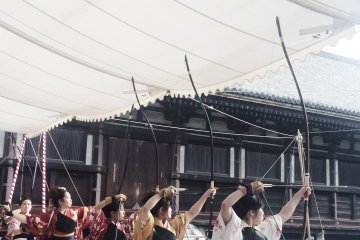
Oh-mato Taikai (Festival of the Great Target), held in conjunction with the Coming of Age Ceremony. An annual event at Sanjūsangen-dō, 20 year old women from all over Japan don their own kimonos and participate in an archery competition.
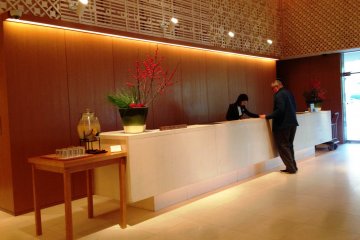
The trees and the gardens in Kyoto have been there for hundreds of years. When I am looking at the burrowed view of the mountains and contemplating life or just breathing in the moment, I become part of the practice that the philosophers and scholars have done since the Tale of Genji
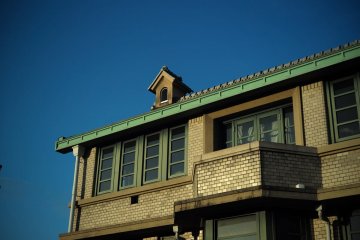
After decades of vacancy, Nintendo’s former headquarters reopened on April 1, 2022, as the lavish Marufukuro Hotel.
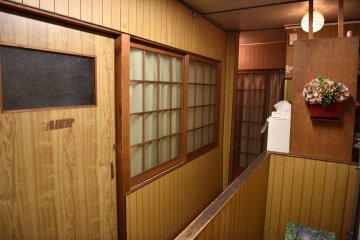
Ladies Inn Guesthouse Usagi-Momiji: by far the best accommodation I have ever found in Kyoto
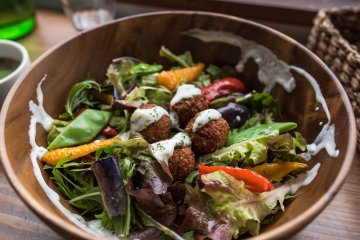
Veg Out Cafe in Kyoto overlooks the Kamagawa river and as the name suggests provides customers with a place to relax. The design of the cafe is welcoming and inclusive, it feels as though you are expected to stay for more then just a meal and unwind from your day.

Is it possible to eat your way to coolness during summer? A themed afternoon tea event at the Four Seasons Kyoto will serve up a menu that exudes light, fresh, and seasonal tastes.

Dai-ichi Asahi Ramen is a well known Kyoto-style ramen shop located near Kyoto station. The store is known for its shoyu (soya) based broth that is thicker than usual. As it is popular, get ready to line up. Prices are affordable and a hearty bowl of the signature ramen is 800 yen. Located off Takakura Dori off of Shiokoji Dori, the store is open from 5 in the morning until 2 a.m. at night.

The Kyoto National Museum is one of the major art museums in Japan. Located in Kyoto's Higashiyama ward, the museum focuses on pre-modern Japanese and Asian art. [Wikipedia]

The Kamo River (鴨川), meaning “duck river,” is a prominent and scenic waterway flowing through Kyoto Prefecture, Japan. It has long been a cultural and natural landmark of the city, offering beautiful scenery and a peaceful atmosphere throughout the seasons. The riverbanks are especially popular with locals and tourists alike, who come to enjoy leisurely walks, picnics, and the seasonal beauty of cherry blossoms in spring or the cool breezes in fall. In the warmer months, many riverside restaurants open special balconies known as noryo-yuka, allowing diners to enjoy their meals with a view of the flowing river. Walkways run alongside much of the river’s course, and several spots feature stepping stones that allow pedestrians to cross on foot. Historically, the Kamo River has played a significant role in Kyoto’s development. When the Heian Capital (modern-day Kyoto) was established in the late 8th century, the river’s course was redirected to flow east of the new palace. Despite this effort, the river was prone to flooding, which became a recurring problem for the ancient capital. Emperor Shirakawa famously lamented that three things were beyond his control: the armed monks of Enryaku-ji, dice, and the waters of the Kamo River. Today, the river is more regulated, with reinforced banks and drainage systems. Parallel to it runs the Takase River, a canal constructed by merchant Suminokura Ryoi in the early 17th century to facilitate transportation and reduce reliance on the unpredictable main river. The Kamo River is also culturally significant, flowing past two important Shinto shrines—Kamigamo and Shimogamo—and through the sacred forest of Tadasu-no-mori that lies between them.

Kyoto Tower is an observation tower located in Kyoto, Japan. The steel tower is the tallest structure in Kyoto with its observation deck at 100 metres and its spire at 131 metres. The 800-ton tower stands atop a 9-story building, which houses a 3-star hotel and several stores. [Wikipedia]